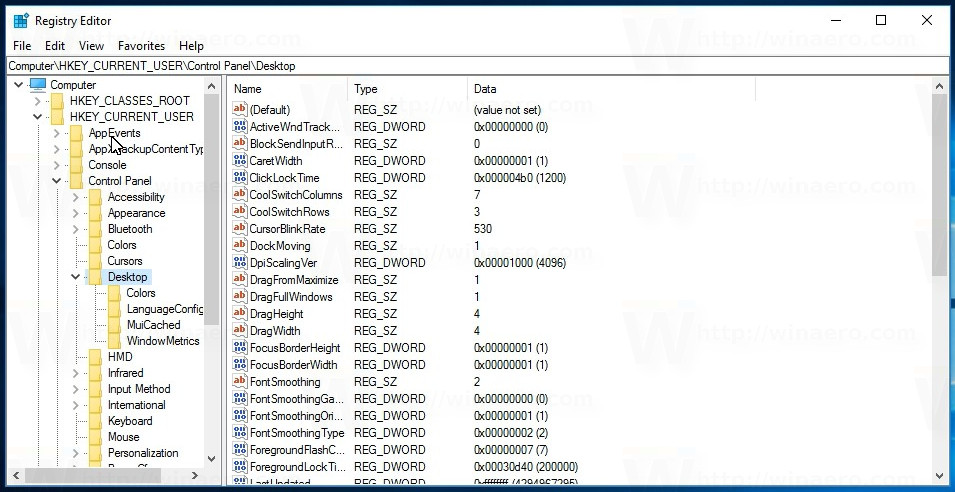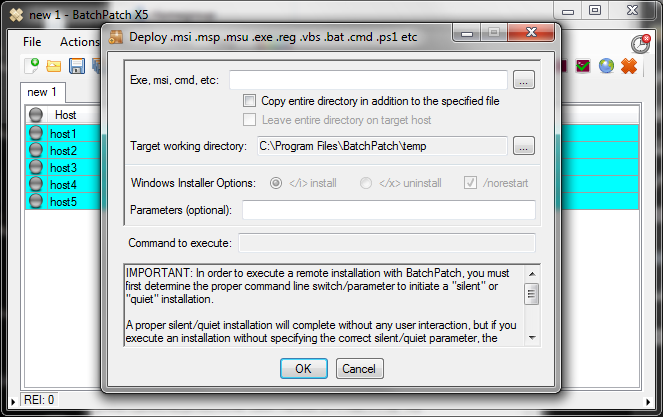
- REGISTRY KEY FOR STARTUP TIME MANUAL
- REGISTRY KEY FOR STARTUP TIME SERIES
- REGISTRY KEY FOR STARTUP TIME WINDOWS
This will identify registry value modifications of the DWORD and QWORD values. With Sysmon logs, hunt teams can look for events with an Event ID of 13 ( RegistryEntry (Value Set)). So, teams will want to focus on logs relating to the specific registry keys noted above. Now, it should be said, the registry is generally a very busy place, and logs generated from registry activity can be exceptionally noisy. In this case, teams will want logs from a tool like Sysmon.
REGISTRY KEY FOR STARTUP TIME MANUAL
However, most will be faced with much larger environments where manual hunting isn’t feasible. In fact, the tool will even cross reference the data with VirusTotal to flag known bad entries. If an organization is relatively small, hunting across the registries manually using a tool like SysInternals could be used.

One of the first elements hunt teams typically must tackle when starting a hunt is to determine what log sources are required. It should be noted that there are many other run keys that can be used for this type of persistence however, these are the most common. HKEY_LOCAL_MACHINE\SOFTWARE\Microsoft\Windows\CurrentVersion\Explorer\User Shell Folders.HKEY_LOCAL_MACHINE\SOFTWARE\Microsoft\Windows\CurrentVersion\Explorer\Shell Folders.HKEY_CURRENT_USER\Software\Microsoft\Windows\CurrentVersion\Explorer\Shell Folders.HKEY_CURRENT_USER\Software\Microsoft\Windows\CurrentVersion\Explorer\User Shell Folders.Similarly, the registry keys that are used to launch programs or set folder items for persistence are: HKEY_LOCAL_MACHINE\Software\Microsoft\Windows\CurrentVersion\RunOnce.HKEY_LOCAL_MACHINE\Software\Microsoft\Windows\CurrentVersion\Run.HKEY_CURRENT_USER\Software\Microsoft\Windows\CurrentVersion\Run.
REGISTRY KEY FOR STARTUP TIME WINDOWS
While there are several registry keys that can be used, the most commonly abused are the default keys on a Windows system, specifically: Similarly, advanced persistent threats such as APT39, APT41, FIN7, and Gamareddon Group have all been shown to use registry run keys or the startup folder to establish persistence.Īnd even more generic malware, such as Emotet, Hancitor, and IcedID have all used this technique multiple times. For example, the Ryuk ransomware, which has been responsible for some of the most damaging attacks globally, has utilized registry run keys to establish persistence. Persistence using registry run keys, or the startup f older are probably the two most common forms of persistence malware and adversaries use. Persistence, when talking about technique T1547.001, is the modification of specific registry keys and values in order to have a n executable, command, or script run every time the system is rebooted.
REGISTRY KEY FOR STARTUP TIME SERIES
Similarly, the s tartup f older corresponds to a series of registry keys that will execute files in specific locations on start up. In addition, registry run keys can also point directly at executable files, allowing specific programs (and DLL files) to be executed at start up. These keys allow specific settings or configurations to be loaded automatically. Registry run keys are very specific keys in the Windows registry that are invoked during system start up. What are Registry Run Keys / Startup Folder? However, perhaps the most common forms of persistence an adversary may try to utilize are, Registry Run Keys and the Startup Folder (MITRE ATT&CK ID T1547. The techniques used for persistence vary wildly across operating systems, levels of access an adversary may have, and even the firmware your hardware components have installed. Even after you think you’ve wiped them out, they just keep coming back.įigure 1 – Image credit: Long story short? Persistence in adversaries and malware can be like zombies. Persistence may also be used as a means of “cleaning up” the evidence that a malware payload was ever even there. Some examples of events that may interrupt access are shutdowns and restarts, file deletion, or credential changes. Persistence is an overall tactic that adversaries, malware, and tools will use to ensure they keep access to systems across events that might interrupt access. Nevertheless, hunting for persistence across an environment should be one of the top hunts that hunt teams should focus on.īefore we get into hunting for persistence in an environment, let’s first look at “what persistence is.” Persistence, especially amongst threat hunters, doesn’t often get the same level of attention as some of the more exotic tactics like privilege escalation, process hollowing, process doppelgänging, or DLL injection. Establishing a foothold can be difficult, so when adversaries get into an environment, they want to make sure they stay there.Įnter the topic of persistence. Afterall, its reported that only 4 percent of users click on phishing links and attachments.

A core tenant for malware authors and threat actors is that persistence is key.


 0 kommentar(er)
0 kommentar(er)
